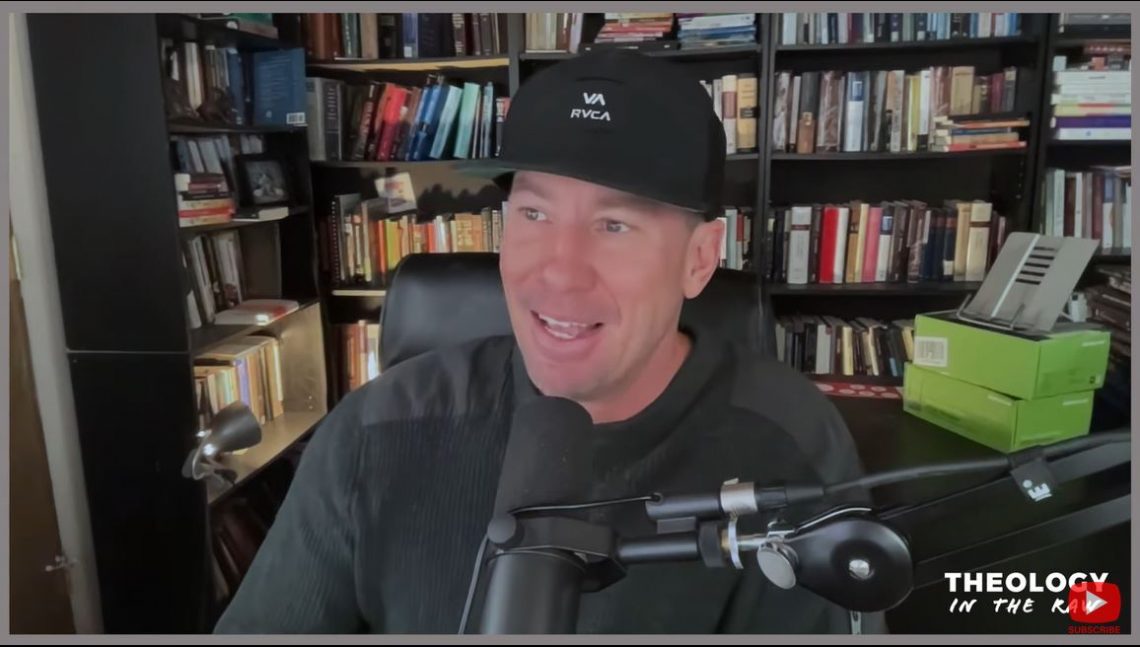Preston Sprinkle is reconsidering his views on the debate between complementarians and egalitarians. If I’m not mistaken, he has claimed the complementarian label up until this point. But now he’s doing a deep dive on the issue and is processing out loud so that others can follow him on his journey.
Recently, he released a two-hour video in which he talks his way through the exegesis of 1 Timothy 2:11-15 and especially of verse 12 (watch video below). He announces at the outset that he is not going to come to any firm conclusions by the end of the discussion. He is merely going to talk through the issues.
I listened to the whole thing last night to see if there were any discernible trajectories, and I think there were. While he doesn’t plant his flag yet, he does show his hand on a few important interpretive cruxes. If he keeps the cards he’s holding, they will inevitably lead to egalitarian conclusions. I’m not going to review the whole video, but two issues in particular stood out to me.
1. He’s leaning toward authentein being pejorative in 1 Tim. 2:12. If that is indeed where he lands, then he can conclude that the only thing that Paul prohibits women from doing is exercising a domineering or undelegated authority within the church. As long as they are not asserting domineering or undelegated authority, it would be fine for women to exercise godly authority over men.
My Response: I think he needs to take into account Al Wolters’ chapter on authentein in the third edition of Women in the Church (Crossway, 2015). It is perhaps the most comprehensive analysis of the term and shows that authentein regularly has a positive or neutral meaning and that it regularly occurs in Christian contexts with God or Jesus Christ as its subject (p. 113).
2. Preston is not convinced by Andreas Köstenberger’s argument concerning the syntax of ouk…oude in Greek. Köstenberger shows that both infinitive phrases (to teach and to exercise authority) have to be understood together either as negative or positive. The syntax will not allow us to construe one negative (to exercise authority) and the other positive (to teach). Preston seems not to be convinced by this at all, which would lead to the same conclusion I mentioned in the first point.
My Response: I won’t get deep in the weeds on this, but I don’t understand how this point can be so quickly set aside. As Köstenberger himself has pointed out, his original argument has been received favorably by “virtually all egalitarian and feminist writers who interacted with this essay” (p. 44). The syntactical binding of teaching and exercising authority must be taken into account. They are either both positive or both negative, but they are not one positive and the other negative.
As I said, I am not going to give a comprehensive response to Preston’s judgments, not least because he says they are still provisional. Nevertheless, it’s worth noting that the hand he’s holding now is an egalitarian one. I’ll be interested to see if that changes.
Preston makes much of the fact that the meaning of this text has been highly disputed among interpreters. I would caution observers from making too much of this. While it is true that the text is highly disputed, that does not mean that it is unclear or irretrievably opaque. The controversy over 1 Timothy 2:12 is of relatively recent vintage and has less to do with a lack of clarity on Paul’s part than with 20th century feminist ideology. Modern interpreters have shown a resistance to a general restriction on women teaching or exercising authority over men in the church. Before the 20th century this point wasn’t very controversial and therefore neither was the meaning of the prohibition.
I’ve written about this text numerous times over the years. For a short take, see “A Mere Complementarian Reading of the Most Contested Verse in the Evangelical Gender Debate.” For a longer take, see my comments in the ESV Expository Commentary. For a deep-in-the-weeds take, see my essay along with the others in Women in the Church (Crossway, 2015).






